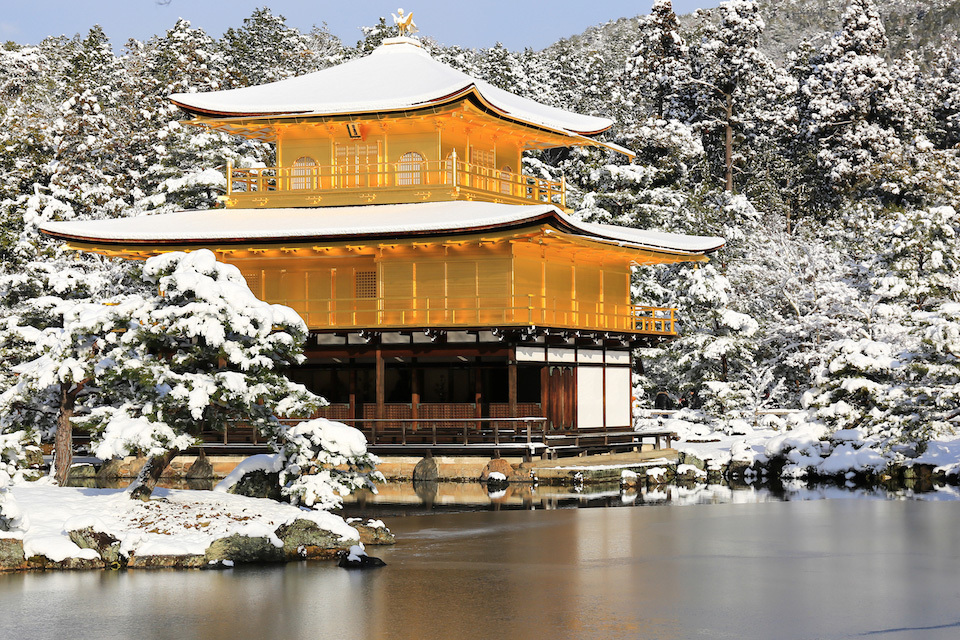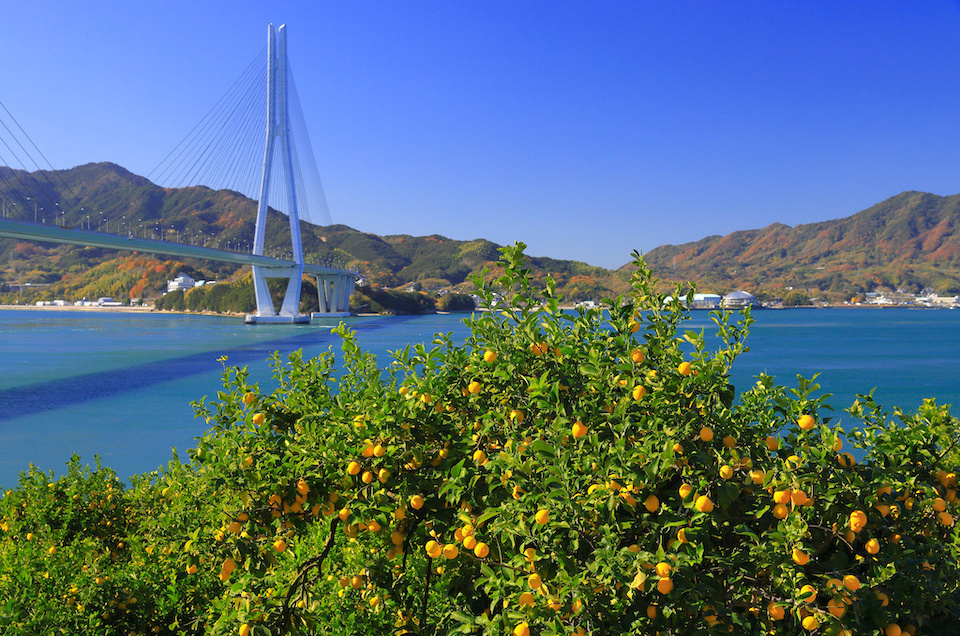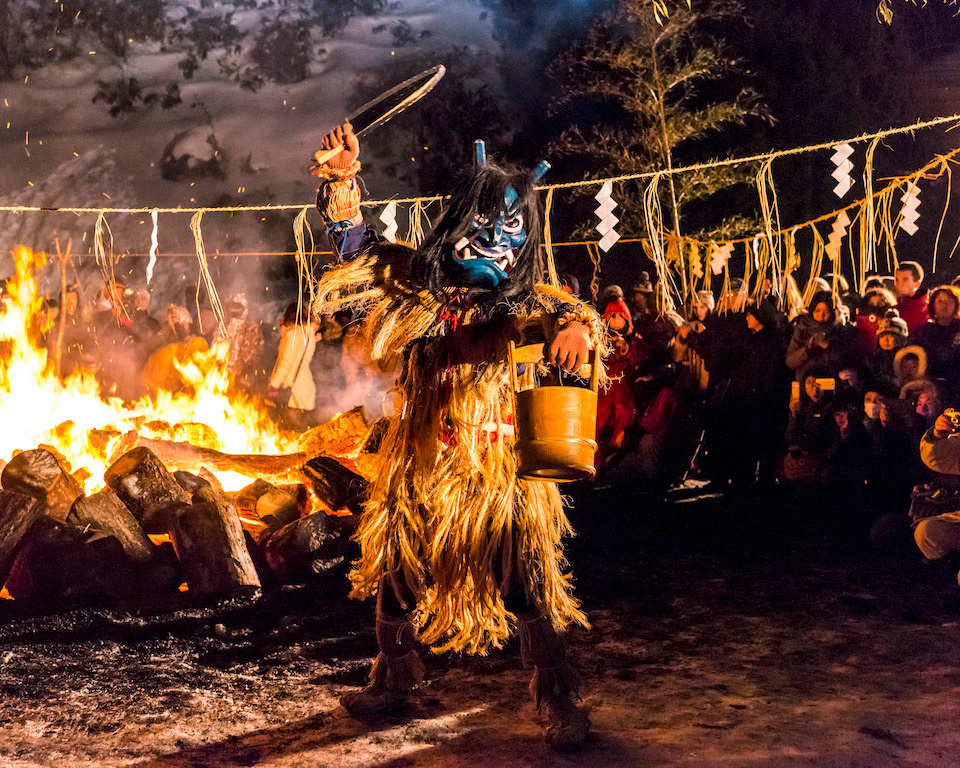The winter scenery in Japan is an impressive sight, as much so as spring’s cherry blossoms and autumn’s colors. Unusual snowscapes, traditional rituals suited to the northern region, and the blessings of a generous climate. In winter, there is more to Japan than you know.
The Golden Pavilion in Snow
Japan’s ancient capital, Kyoto, is full of shrines and temples. One of the most famous is Rokuon-ji temple, popularly called Kinkaku-ji, the Temple of the Golden Pavilion. Originally built at the end of the 14th century, it was said to be a paradise on earth. The dazzling gold leaf applied inside and outside the building captivates all who see it, and in 1994, it was inscribed on the UNESCO World Cultural Heritage List. Although it is visited by many people in all four seasons, winter is exceptional. The golden pavilion nestled against the silvery snow radiates an ethereal quality and dignity.
AFLO
Lemon Grove
Facing the Seto Inland Sea, Hiroshima Prefecture enjoys warm weather, with citrus cultivation flourishing since long ago. Lemon cultivation began early on the island of Ikuchi-jima in Onomichi City, and today it is called “Lemon Island.” An area known as “Lemon Grove,” with spreading lemon orchards, has become a tourist hotspot. Bridges linking the mainland and Shikoku via a series of islands form what has become a popular cycling road, welcoming winter visitors to the island full of ripe, yellow-colored lemons.
YAMANASHI MASANORI/AFLO
Demon-like Deities
Residents disguised as deities from another world visit homes, driving away evil—a folk custom passed down through the generations in many places in Japan. In 2018, “Raiho-shin, ritual visits of deities in masks and costumes” was inscribed on the List of the UNESCO Intangible Cultural Heritage of Humanity. The namahage of Oga City in Akita Prefecture are particularly distinctive. On New Year’s Eve, “namahage” wearing demonic masks rebuke the laziness of humans. While fusing with other rituals and traditional arts, it is gaining popularity as a “hot” festival during the cold northern winter.






